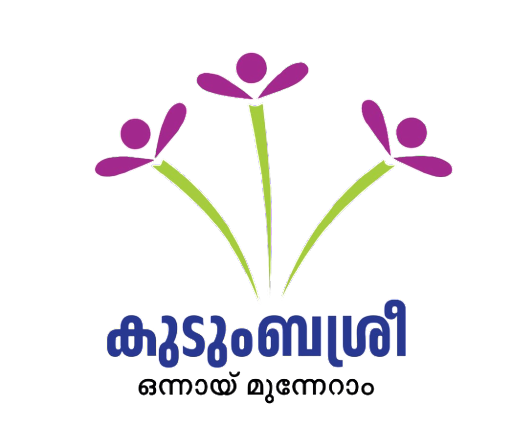To resolve difficulties faced by the small holder farmer, the concept of PGs emerged as a means of aggregating the produce of twenty to thirty-five farmers. By bringing together farmers, PGs aimed to accomplish economies of scale, lower transaction costs, and increase their collective bargaining power. Farmers could procure inputs at lower prices, pool their resources, and negotiate better terms with input suppliers if they collaborated within PGs. Similarly, they could aggregate their output, allowing for mass sales and access to larger markets, which would result in a rise in price realisation.
Farmers share knowledge, expertise, and resources via Producer Groups, which serve as inclusive platforms. They encourage farmer cooperation, collective decision making, and risk sharing. Farmers can leverage their collective strength to negotiate equitable prices, gain access to information about market trends, adopt new technologies, and increase their overall productivity by operating as a group. In addition, PGs provide an environment conducive to skill development, capacity building, and training. They teach farmers modern agricultural techniques, value addition, quality control, and market connections. This knowledge exchange improves the producers' adaptability to fluctuating market demands, production practises, and diversification opportunities. Current statuses of PG formation are given below.
| Data as on 01-02-2025 | |||
| Producer Group | |||
| Sl No | District | No. of units | No.of women entrepreneurs |
| 1 | Thiruvananthapuram | 63 | 1377 |
| 2 | Kollam | 69 | 1434 |
| 3 | Pathanamthitta | 26 | 510 |
| 4 | Alappuzha | 60 | 1228 |
| 5 | Kottayam | 70 | 1479 |
| 6 | Idukki | 31 | 620 |
| 7 | Ernakulam | 56 | 1120 |
| 8 | Thrissur | 119 | 3328 |
| 9 | Palakkad | 33 | 667 |
| 10 | Malappuram | 96 | 1916 |
| 11 | Kozhikode | 48 | 1079 |
| 12 | Wayanad | 23 | 602 |
| 13 | Kannur | 94 | 1880 |
| 14 | Kasaragod | 63 | 1726 |
| Total | 851 | 18966 | |
















